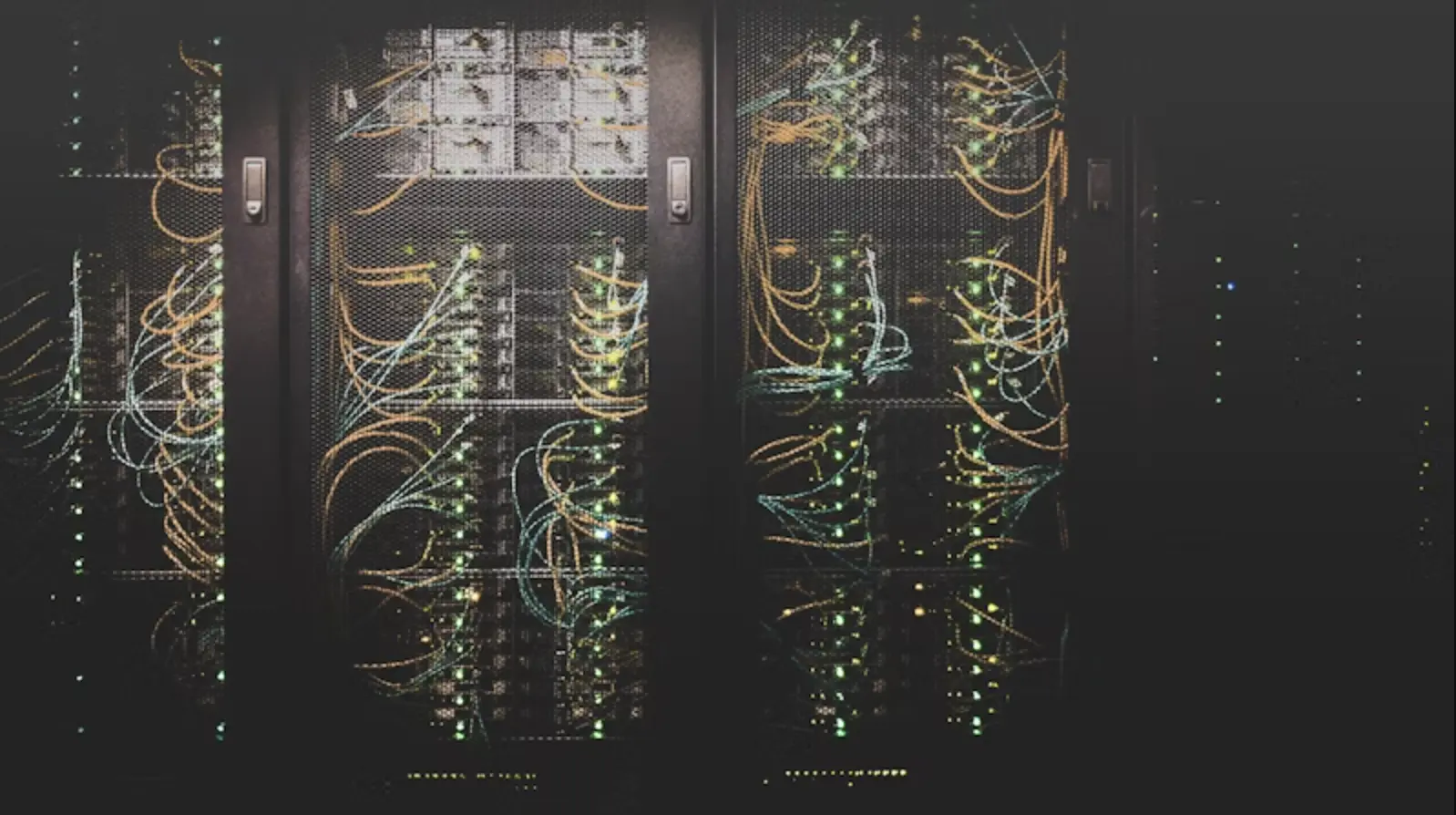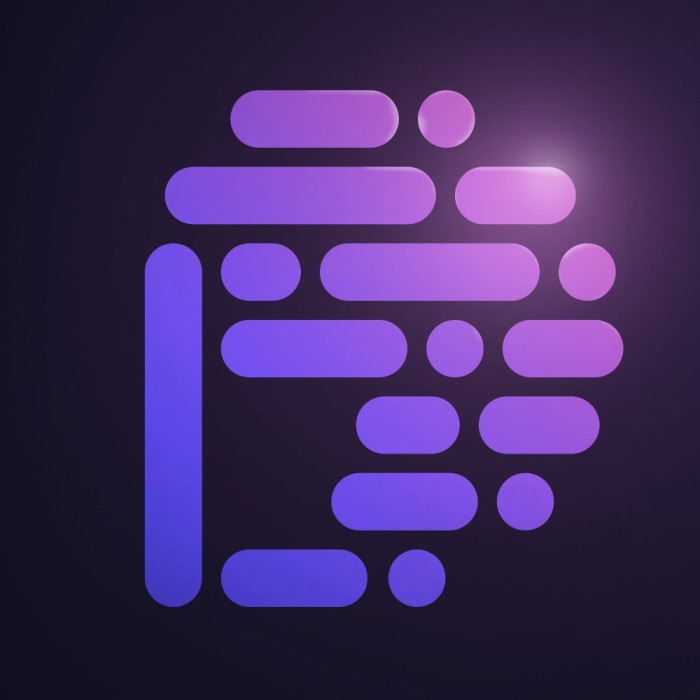

bongoDev
Cloud Native Security Architecture - bongoDev
In modern cloud environments, security works very differently compared to traditional data centers. Cloud native systems, like Kubernetes or microservices-based applications, are distributed, dynamic, and constantly changing. To protect these systems, we need modern security strategies designed for the cloud.
1. Key Components of Cloud Native Security Architecture
Cloud native security is built on several important pillars that ensure systems remain safe even when attackers try to exploit vulnerabilities.
- Zero Trust Model: Trust no one by default — every user, service, or application must continuously prove their identity before accessing any resource.
- Identity Management: Use strong identity solutions like OAuth, OpenID Connect, or cloud IAM (Identity and Access Management) to control who can access what.
- Network Security: Use network segmentation, firewalls, and cloud-native security groups to isolate sensitive parts of your infrastructure.
- Data Protection: Encrypt data at rest and in transit to ensure that even if data is intercepted, it cannot be read by unauthorized parties.
2. How to Implement Cloud Native Security
Implementation requires a combination of tools and practices designed specifically for cloud native environments. Here are the key techniques:
- Service Mesh: Use tools like Istio or Linkerd to secure communication between microservices with encryption, authentication, and traffic policies.
- Policy Enforcement: Define security policies using tools like Open Policy Agent (OPA) to automatically control what is allowed and what is blocked in your cloud systems.
- Secrets Management: Store sensitive information like passwords and API keys securely using tools like HashiCorp Vault or AWS Secrets Manager.
- Compliance Automation: Use automated tools to continuously check your cloud infrastructure for compliance with standards like GDPR, SOC 2, or ISO 27001.
3. Continuous Monitoring and Fast Response
Cloud native environments change rapidly, so real-time monitoring and fast incident response are essential. Here’s how you can stay secure:
- Threat Detection: Use security tools that monitor your cloud clusters for suspicious activity, such as unauthorized logins, unusual data access, or unexpected configuration changes.
- Incident Response: Create clear incident response plans to react quickly when a security breach occurs. Make sure your team knows their roles and responsibilities.
- Audit Logging: Enable detailed logging for all critical systems so you can investigate what happened after a security incident.
- Compliance Reporting: Regularly generate security and compliance reports for internal reviews and external audits, ensuring that you meet both local and international regulations.
By following these strategies, organizations across Asia can strengthen their cloud security, protect sensitive data, and meet industry standards — all while keeping systems flexible and scalable.